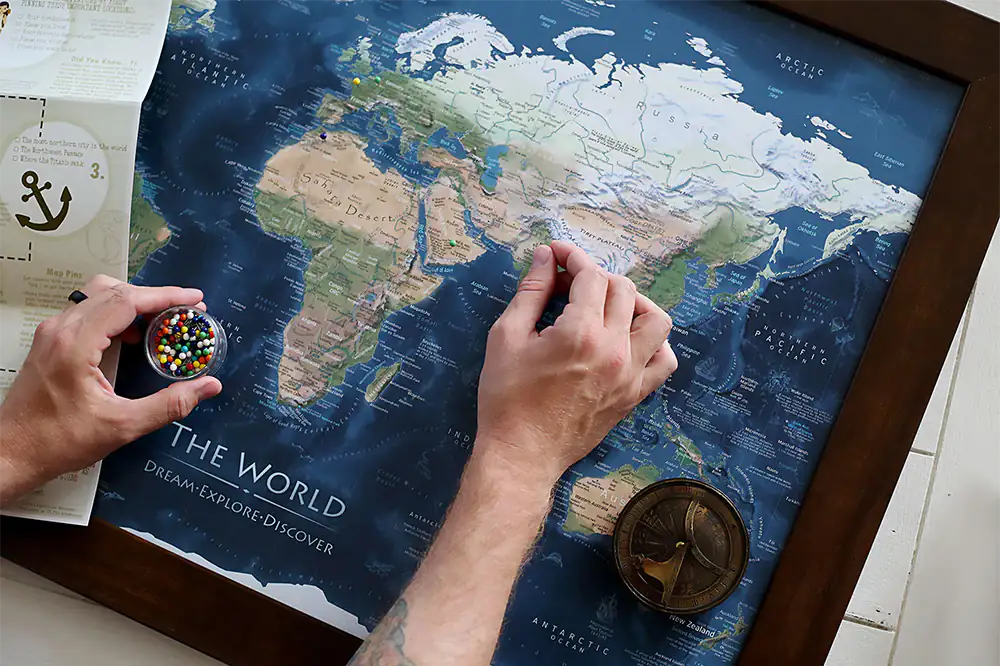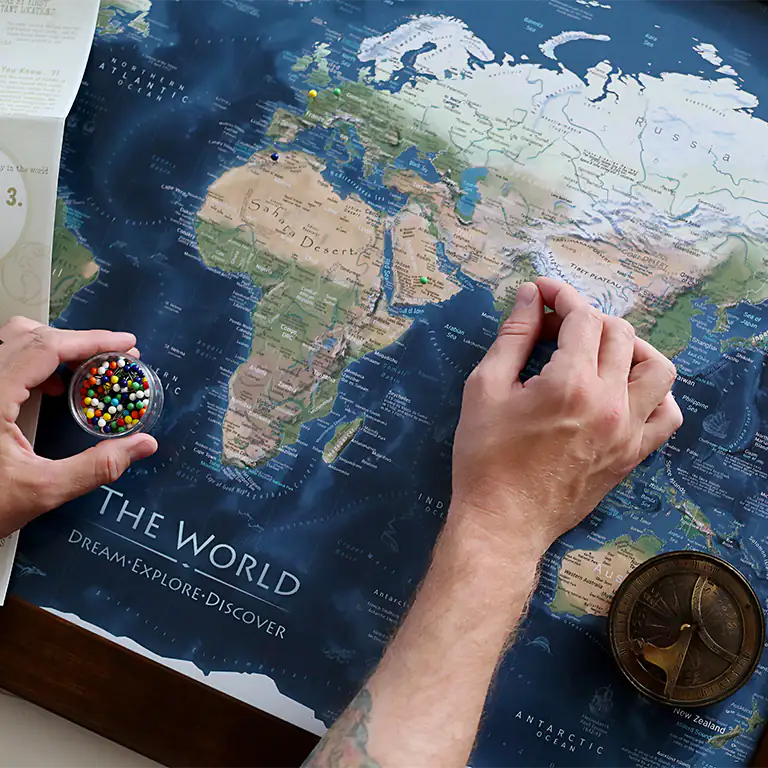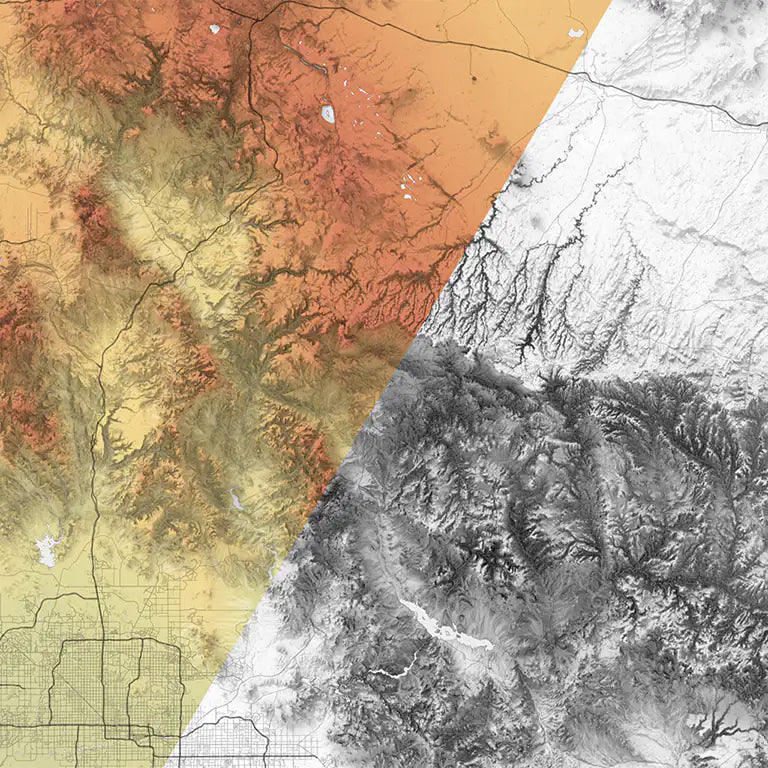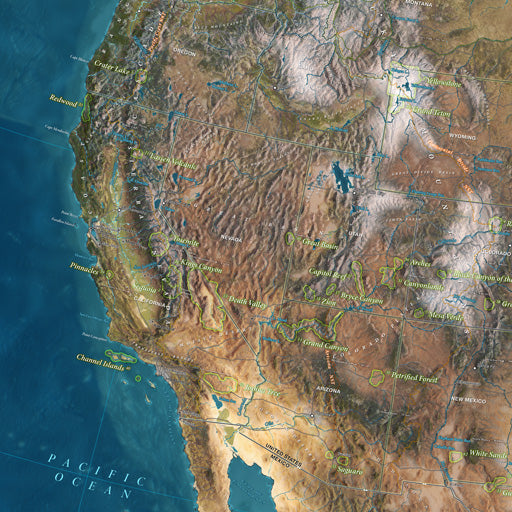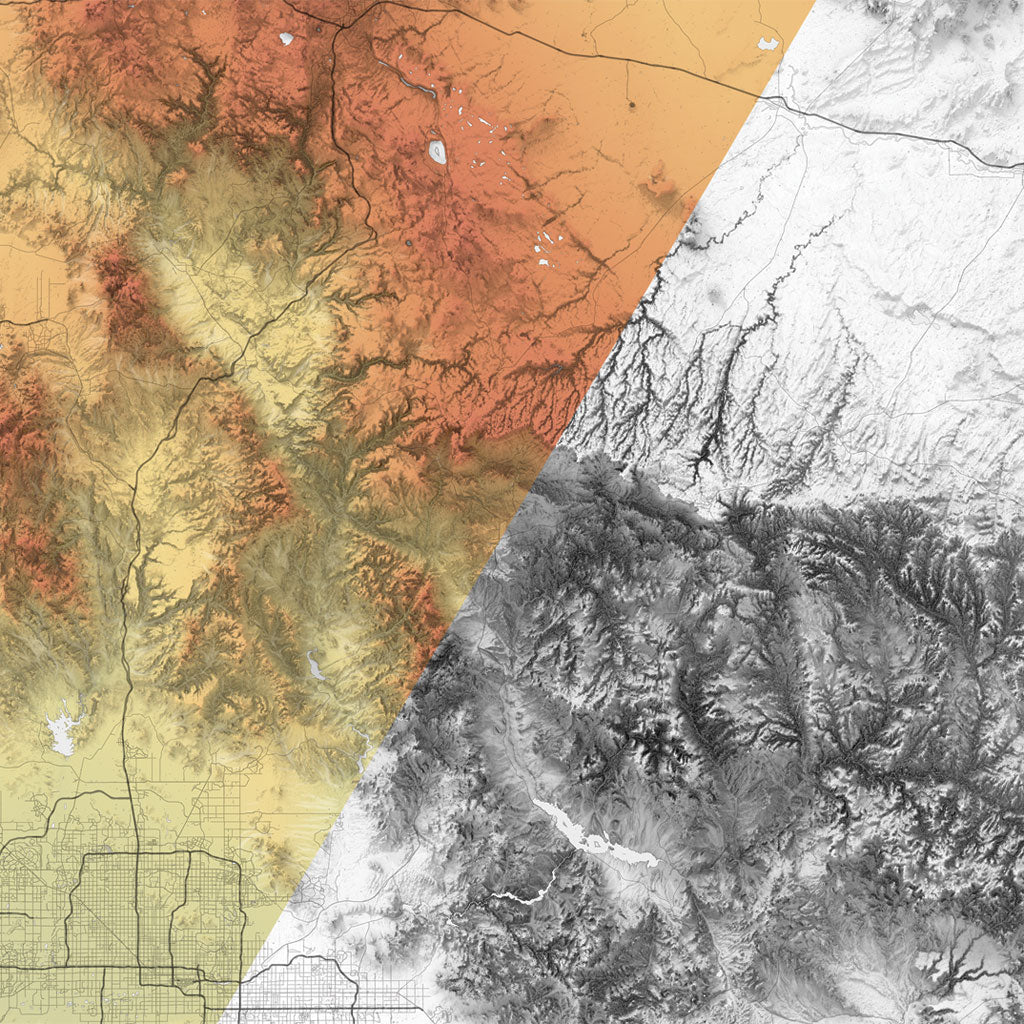Not all deserts are comprised of fine grains of sand and scorching hot temperatures. The Arctic Polar Desert, encompassing the very northern edges of our planet, is one such example.
Polar deserts are defined by their cold temperatures, lack of rainfall, and abundance of ice sheets. Since most of the terrain is trapped underneath these ice sheets, it proves to be yet another hostile environment for plants and animals. Yet despite this fact, the Arctic Polar Desert is home to a diverse number of animals such as the Arctic Fox, Arctic Wolf, Polar Bear, Caribou, Snowy Owl, and Moose, among others. Some of these animals migrate between the Arctic Tundra, which contains more vegetation, and the Arctic Desert while other are permanent residents of the desert.
As recently as the late 19th century, many high profile explorers held the misguided belief of an Open Polar Sea in the region that encompasses the modern-day Arctic Polar Desert. This theory was predicated upon the idea that one could push through these northern barriers of ice in order to reach an open and navigable ocean surrounding the North Pole.
While this theory has since been disproven, at the cost of many lost Arctic expeditions, it may actually come true in the future as a result of Arctic Shrinkage. In fact, it is quite likely that there will eventually be an ice-free route between Europe and the Pacific Ocean by way of the Arctic.
Arctic Polar Desert Statistics:
- Surface Area: 5,400,000 sq mi (13,985,935 sq km)
- Countries: Canada, Iceland, Greenland, Russia, Norway, Sweden, Finland
- Type: Polar desert

